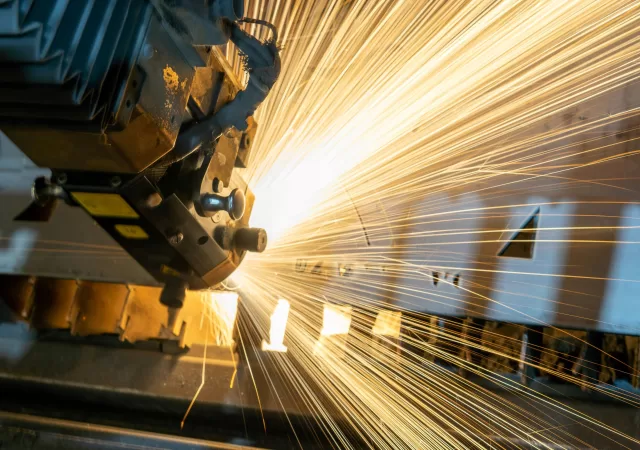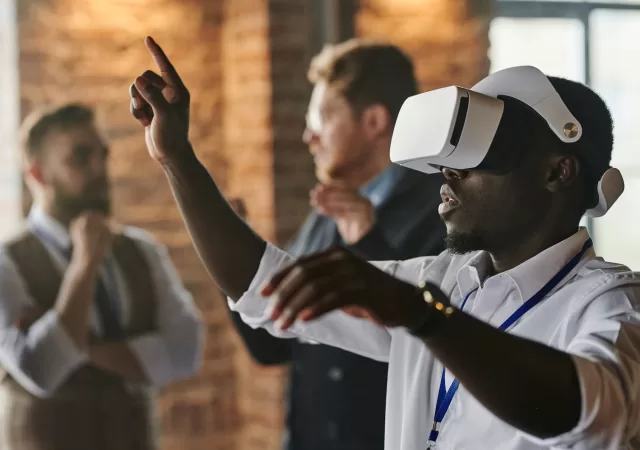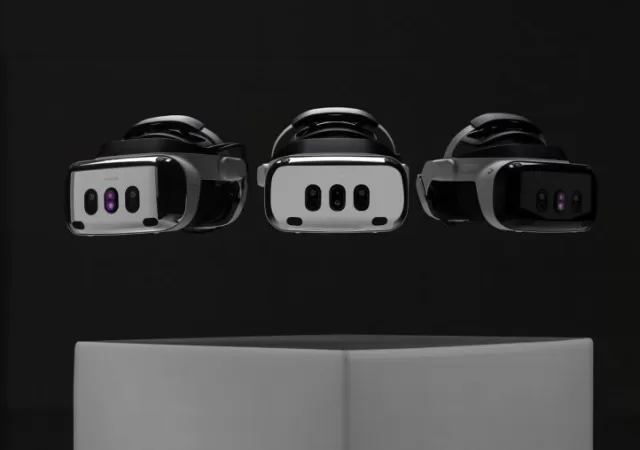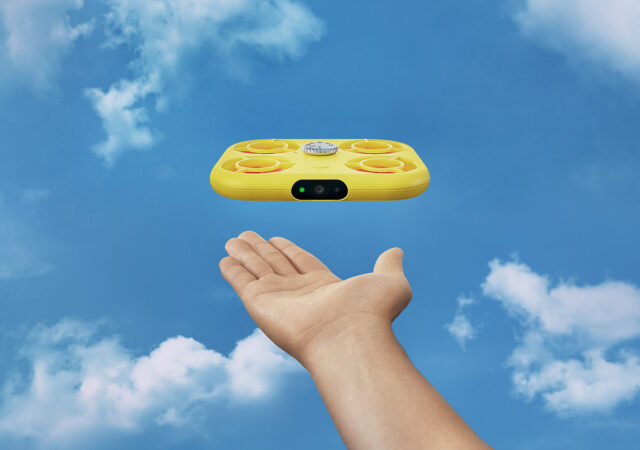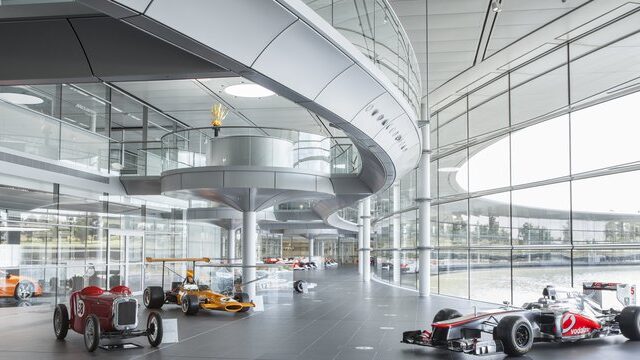Discover how Lenovo’s advanced technologies such as high-performance computing, AI, and spatial computing can improve production processes.
Microsoft Shut Downs its Windows Mixed Reality Software
Microsoft has shut down its Windows Mixed Reality (WMR) in a quiet update tucked away among other outdated Windows features that were recently released, listing out the many different softwares, apps, and modes being decrypted and shut down. WMR came…
Adopting New (Virtual and Augmented) Realities for Manufacturing
Augmented & virtual reality is changing the game of the manufacturing industry. AR/VR allows efficiency, enhanced employee training & cost cuts. Contributor Varinderjit Singh from Lenovo Malaysia explains the use of AR/VR in manufacturing.
Here Comes A New Challenger! The Varjo XR-4 Could Rival Apple Vision Pro
The Apple Vision Pro may be getting huge competition from a Finnish company, Varja, as it releases a new XR headset – the Varja XR-4.
Now You can Have Your Own BMW X5 xDrive45e M Sport, Just Use Your Smartphone!
BMW just launched their new X5 with just under 400 hp on all wheels. The BMW X5 also launched with an AR app as a sort of virtual showroom.



